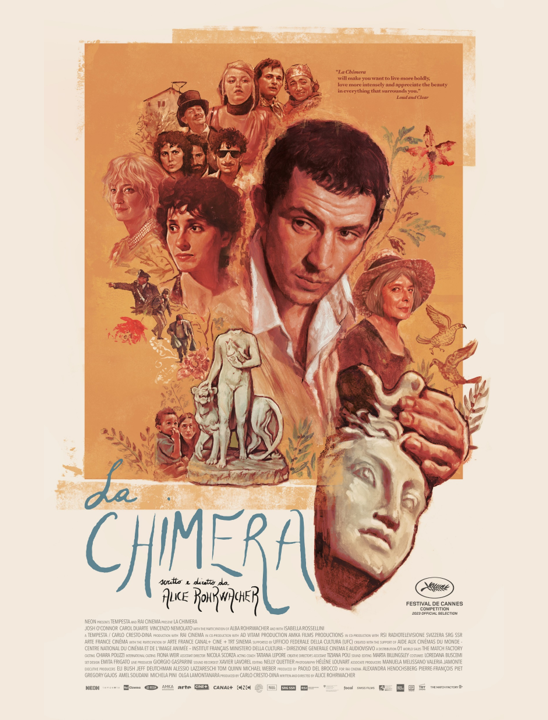




| Director | Michael Powell & Emeric Pressburger |
|---|---|
| Country | UK |
| Year | 1948 |
The Red Shoes, directed by Michael Powell and Emeric Pressburger, premiered in London on 22 July 1948 and released generally in the UK by 6 September of that year. Emerging from a series of critically famed works—including Black Narcissus and A Matter of Life and Death—the film boldly departed from realism to craft a hallucinatory Technicolor spectacle, urging audiences, as Powell put it, to “go out and die for art” in a world recently steeped in wartime sacrifice.
The film was initially under-promoted by the Rank Organisation due to budget overruns, leading to a limited UK run—but it triumphed in New York with a 107-week run at the Bijou Theatre, achieving lasting international acclaim. Today, it's revered as a British cinema classic, regularly ranking among the top 10 British films of the 20th century.
At the centre of this drama is Victoria Page (Moira Shearer), a rising ballerina torn between a compulsive dedication to her art and the demands of life and love. Impressed by her dancing, the domineering impresario Boris Lermontov (Anton Walbrook) casts her as the lead in his ballet The Red Shoes, scored by composer Julian Craster (Marius Goring).
Moira Shearer, a principal dancer at Sadler’s Wells, carries Victoria with grace and strength, embodying both artistic fervour and fragile humanity.
Anton Walbrook’s turn as Lermontov is magnetic—aloof, obsessive, almost diabolical. Like the real-life Sergei Diaghilev, he places art above all else, forging Victoria and Julian into instruments of his aesthetic vision.
Marius Goring brings emotional warmth to Julian, caught between love and creative ambition. Supporting roles from ballet greats—Léonide Massine and Robert Helpmann—add authenticity and theatrical intensity to the film’s interior world.
The film grapples with the eternal tension between love and artistic devotion. Lermontov stresses that simplicity in art demands “agony of body and spirit,” echoing Victoria’s struggle as she sacrifices emotional connection for transcendent performance. Through repeated motifs, the film becomes a meditation on obsession, ambition, and the cost of perfection.
Visually, it rejects postwar realism for expressionistic colour and composition. Cinematographer Jack Cardiff conjures lush reds and deep blacks that elevate dance to near-mystical experience—a technicolor dreamscape that remains unmatched. The film’s designs—from Hein Heckroth’s Oscar-winning sets to ballet costumes that feel immersive—further fuse painting, performance, and cinema into one magnificent whole.
Powell & Pressburger structure the drama with escalating emotional intensity, culminating in the ballet sequence’s mythic allegory. The film playfully uses cinema’s unique tools—colour, editing, set design—to dissolve the boundary between performer and audience.
The screenplay’s influences—from Hans Christian Andersen’s fairy tale to Nijinsky’s life and the Ballets Russes legacy—infuse the film with symbolic richness and theatrical depth.
The Red Shoes endures as a benchmark for how cinema can transcend medium: a "pure cinema" where dance, design, and narrative coalesce into art that defines itself beyond content. It shaped the Hollywood musical's ambition—Gene Kelly notably screened it repeatedly to secure support for An American in Paris and Singin’ in the Rain.
Its legacy continues: a 4K restoration with rich supplements underscores its singular artistry, ensuring it remains vibrant for new audiences. Martin Scorsese, Francis Ford Coppola, and others cite it as a profound influence; even Kate Bush’s The Red Shoes album pays homage.
While now universally admired, the film initially met suspicion—Rank executives doubted its commercial appeal. Yet its New York run proved its potency. Today, critics laud it for its visual richness and emotional daring. Some voices, like Richard Brody’s, critique its narrative opacity or stagey showmanship.
The Red Shoes is a dance-infused tragedy that moves beyond ballet to explore the price of ambition. Its brilliance lies not only in vivid imagery and emotional tumult but in posing the age-old question: why dance? why live? It asks that to commit to art may demand everything—a notion as intoxicating as it is devastating, and why the film remains unabashedly stirring across generations.
In an effort to reduce our paper usage, we stopped offering printed copies of our popular Film Notes at our screenings.
Instead, we are encouraging our members to read the Film Notes online. For those who wish to do so, it is still possible to print these pages prior to the film.
Alternatively, if you want to read the notes just before or just after the film, and also minimise your paper consumption, then you can scan the QR code to your phone and then download the webpage.
